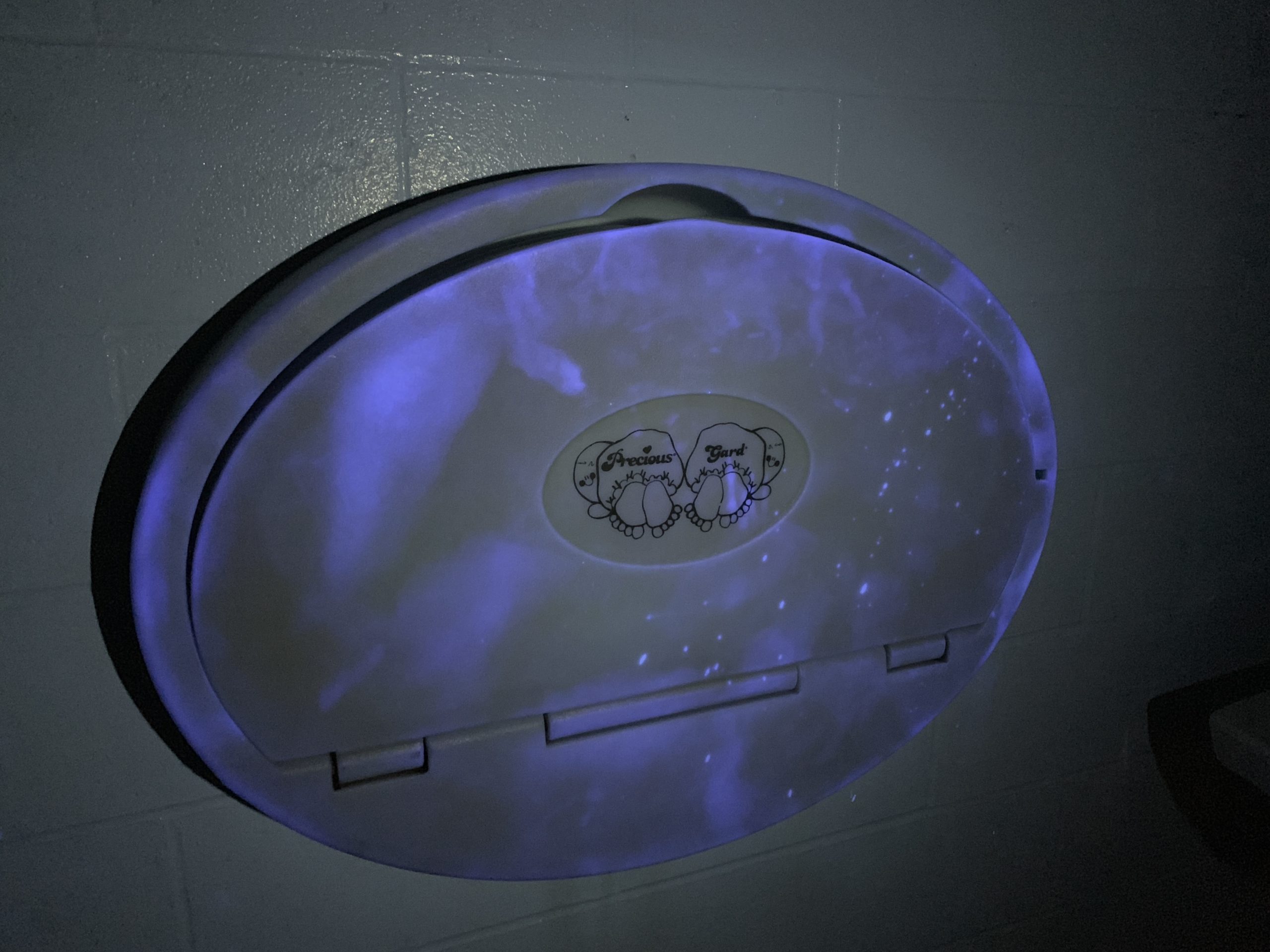Shop by Industry
Industries we support...
Products
START SHOPPING...
EXPLORE by category
Product Series
Resources
Contact
Find a Dealer
Right now, the world is battling a silent and dangerous enemy, the COVID-19 virus. While this virus is extremely contagious and harmful, viruses and infectious diseases are nothing new. Influenza, Hepatitis B and C, Tuberculosis, and Measles have been prevalent in our society for generations.
However, the latest outbreak of COVID-19 has made us hyper-aware of how we disinfect and clean our surroundings. Unfortunately, it isn’t easy to know if we’ve cleaned surfaces properly or thoroughly enough. How do you know?
The use of alternative or forensic light sources (ALS and FLS) can help identify substances on a surface. The ALS shines a certain wavelength of light onto a surface and causes the substance to illuminate brighter than the surrounding area. This is very useful in identifying what may remain after a surface has been cleaned.
Note: Alternative light sources will not necessarily identify specific bacteria, viruses, and infectious diseases. They will only help to identify that substances are present.
We are lucky to work with some partners in the public safety industry who have been speaking on this very topic for years to other public safety professionals and the general public. One such partner is Eddy Weiss, an expert in emergency management and disaster preparedness.
During the Iowa Crime Prevention Association Conference in 2019, Eddy gave a presentation titled Infectious Disease Control for First Responders and Law Enforcement Agencies. He discussed different types of infectious diseases, how they impact the public safety community and the measures that need to be taken to protect against them. Check out the full presentation below.
https://foxfury.wistia.com/medias/18keg8w8ec?embedType=iframe&seo=false&videoFoam=true&videoWidth=640 https://foxfury.wistia.com/medias/mdd3esqx6m?embedType=iframe&seo=false&videoFoam=true&videoWidth=640As part of the presentation, Eddy took the attendees to a bathroom in the conference facility to put his teachings to the test. The group examined the bathroom with regular fluorescent lights only. Everything looked clean enough - as clean as a public restroom can look anyways. They then turned the lights off and examined the same surfaces using a 365nm FoxFury Forensic Light. What they saw was disturbing.
What appeared to be clean surfaces to the naked eye were actually covered in germs, bacteria, and/or potentially harmful substances. It was only with an alternative light source that the truth was revealed.
Use slider to compare natural light with forensic light source


Knowing that possible contaminants are present is the first step in eradicating them. Having alternative light sources accessible for first responders and public health workers will help them clean and disinfect more thoroughly. This, combined with disinfection protocols and tools, will keep themselves and everyone around them safer.


Although an ALS won’t tell you exactly what contaminant you’re dealing with, you’ll at least be able to identify it as a contaminant, which is the most important step in preventing the spread of viruses and infectious disease.


While no barrier filter goggles were used in this exercise, the use of goggles can enhance the fluorescence of a substance from a UV light. In this scenario, the light by itself was enough to identify substances on the walls and fixtures.
FoxFury's line of forensic lighting tools is designed for use in the field and the lab. They are made with portability and durability in mind so users can identify evidence (or, in this case, potentially infectious material) with speed and precision. Learn more about our lights, kits, and forensic accessories.
If you're looking to learn more about the use of alternative light sources in forensics and forensic photography, check out our Forensic Light & Photo Guide. This free resource will show you methods for finding and photographing forensic evidence with various tools and lighting techniques. Sign up and download the guide today!



Enter your details below to save your shopping cart for later.